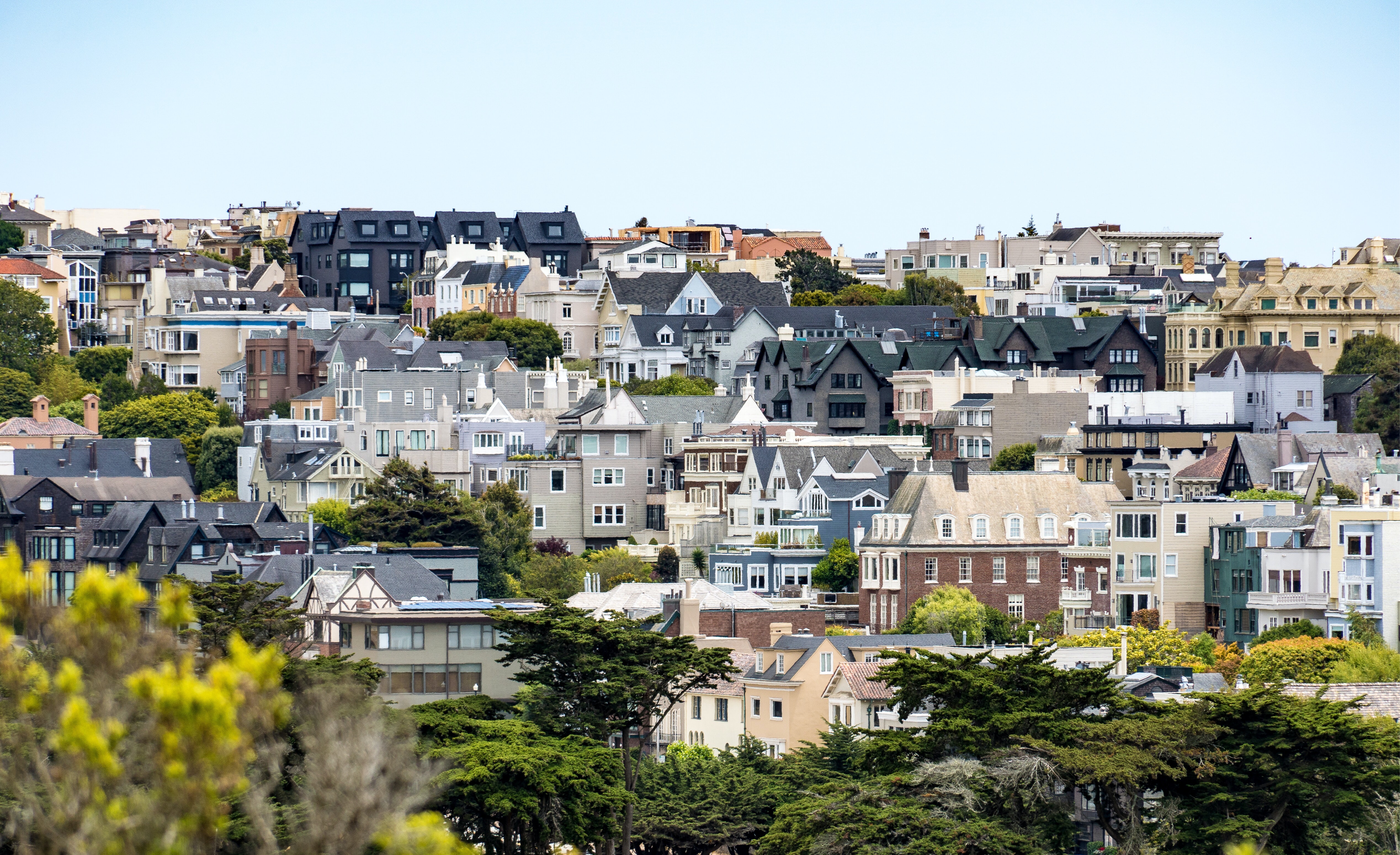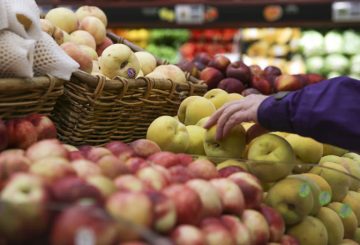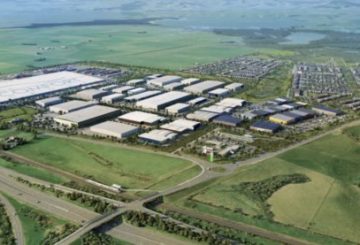뉴질랜드 부동산 연구소 (REINZ) 가 판매 및 가격 하락을 보고하면서 뉴질랜드 부동산 시장이 침체에 직면하고 있습니다.REINZ가 발표한 데이터에 따르면 2023년 2월로 끝나는 3개월 동안 판매된 라이프스타일 부동산은 2023년 1월로 끝나는 3개월 동안보다 92개 적은 수의 라이프스타일 부동산이 판매되어 8.3% 감소한 것으로 나타났습니다.2023년 2월로 끝나는 3개월 동안의 전체 라이프스타일 부동산 판매 건수는 1,023건으로 2022년 같은 기간의 1,754건에 비해 41.7% 크게 감소했습니다.
REINZ의 농촌 대변인 셰인 오브라이언 (Shane O’Brien) 은 대부분의 지역에서 전년도에 비해 숙소 수가 적었던 것이 매출 감소의 원인이라고 설명했습니다.그는 뉴질랜드 사람들이 라이프 스타일과 변화하는 업무 약속의 균형을 맞추기 위해 지역 밖을 계속 찾고 있기 때문에 영업 사원들이 부동산에 관심을 보이는 외부 지역의 구매자를 주목하고 있다고 덧붙였습니다.
오브라이언은 또한 최근의 금리 인상은 의심할 여지 없이 구매자 결정에 영향을 미쳤으며, 보고된 주택 시장 둔화로 인해 단기적으로 라이프스타일 부동산에 대한 구매자 풀이 제한될 수 있다고 말했습니다.2023년 2월까지 3개월 동안 판매된 모든 라이프스타일 부동산의 평균 가격은 949,000달러로 2022년 같은 기간보다 81,000달러 더 높습니다.그러나 판매된 베어랜드 라이프스타일 부동산의 평균 가격은 40만 달러로 2022년 2월로 끝나는 3개월보다 8만 달러 높았습니다.
REINZ 보고서에 따르면 선거 연도에 라이프 스타일 부동산 판매가 둔화되는 것은 예상치 못한 일이 아니며 불확실한 시기에 구매자 신뢰에 영향을 미치는 전반적인 경기 둔화로 인해 더욱 악화되었습니다.그러나 시장 최상위권에는 긍정적인 신호가 나타나고 있으며, 일부 지역에서는 2023년 1월까지 3개월간 판매량이 증가한 것으로 나타났습니다.
2023년 2월까지 3개월 동안 2022년 같은 기간에 비해 매출이 가장 많이 감소한 지역은 오클랜드와 와이카토로, 둘 다 118건의 매출이 감소했습니다.반면 넬슨/말버러와 타라나키는 각각 23건과 24건의 매출 감소로 가장 적은 감소를 보였습니다.한편, 두 지역에서는 2022년 2월로 끝나는 3개월과 2023년 2월로 끝나는 3개월 사이에 라이프스타일 블록의 평균 가격이 상승했습니다.타라나키와 사우스랜드는 각각 24.6% 와 12.1% 로 가장 큰 폭으로 상승했습니다.
라이프스타일 부동산의 평균 판매 일수는 2023년 2월로 끝나는 3개월 동안의 평균 59일로 2022년 같은 기간보다 19일 더 많았습니다.웨스트 코스트는 43일로 가장 짧은 판매 일수를 기록했고 베이 오브 플렌티는 80일로 가장 긴 판매 일수를 기록했습니다.






























































